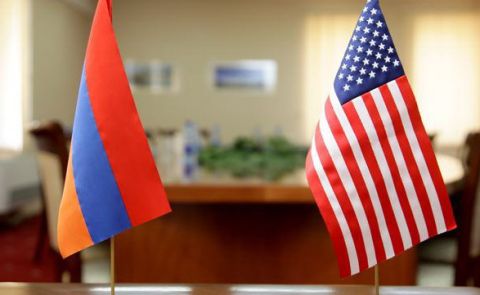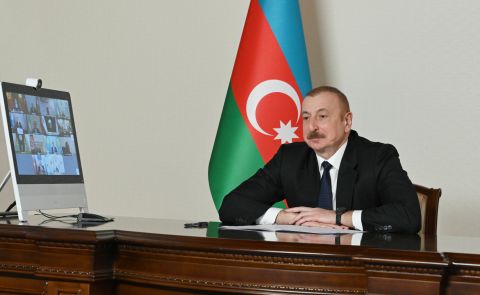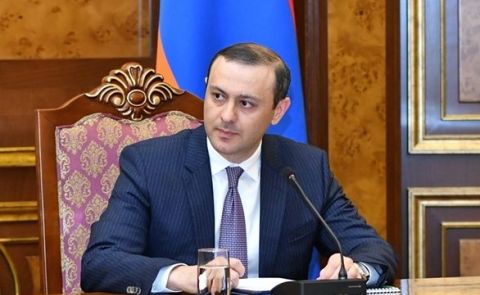
US State Department: Armenia and Azerbaijan in violation of European Armed Forces Treaty

On 28 April, the US State Department published their report on “Adherence to and Compliance with Arms Control, Nonproliferation, and Disarmament Agreements and Commitments in 2019”, an annual document focused on arms control violations and noncompliance by countries around the world. According to the document Armenia and Azerbaijan were both found violating the Conventional Armed Forces in Europe Treaty, known as the CFE, reported Turan.
The report stated that Armenia's equipment total for armored infantry fighting vehicles “continued to exceed the relevant Treaty-Limited Equipment (TLE) sub-limit in 2019, and other Treaty implementation practices raised concerns as to its fulfillment of certain other Treaty obligations.”
Azerbaijan's equipment totals also “continued to exceed TLE limits in 2019, and other activities related to Treaty implementation raised concerns as to its fulfillment of certain other Treaty obligations.” In addition Azerbaijan failed to notify the international community on “at least one major military exercise or activity for calendar year 2019", as it's required to do so by the Vienna Document on Confidence, known as VD11.
The Treaty on Conventional Armed Forces in Europe (CFE) was negotiated and concluded during the last years of the Cold War and established comprehensive limits on key categories of conventional military equipment in Europe (from the Atlantic to the Urals) and mandated the destruction of excess weaponry. The treaty proposed equal limits for the two "groups of states-parties", the North Atlantic Treaty Organization (NATO) and the Warsaw Pact. NATO and the former Warsaw Pact were each limited to 20,000 tanks, 30,000 ACVs, 20,000 heavy artillery pieces, 6,800 combat aircraft and 2,000 attack helicopters for the treaty's area of application. Member states of each alliance then divided their respective "bloc" limit among themselves, in effect creating national limits. (The Soviet Union's limits were subsequently parceled out among eight of its successor states in 1992.) To prevent any country from amassing a significant asymmetrical stockpile of weapons, the treaty prohibits a single state from possessing more than a third of the TLE total. In 2007, Russia "suspended" its participation in the treaty, and on 10 March 2015, citing NATO's de facto breach of the Treaty, Russia formally announced it was "completely" halting its participation in it as of the next day.
The Vienna Document requires from the participating States to:1) provide each other with information about their military forces annually, including about manpower and major conventional weapon- and equipment systems, as well as deployment plans and budgets, 2) notify each other ahead of time about major military activities such as exercises, 3) accept up to three inspections of their military sites per year. Some sensitive areas are excluded, 4) invite other States to observe certain activities. It also encourages States to permit journalists from all participating States to cover the activities, 5) to consult and cooperate in case of unusual military activity or increasing tensions. The Vienna Document encourages participating States, for example, to voluntarily host military visits in order to dispel concerns.
See Also


Simonyan: “Armenia Should Trade with Turkey and Azerbaijan Instead of Closing Borders”

Mirzoyan Meets US Deputy Assistant Secretary Joshua Huck

Azerbaijani President Holds Talks with UAE and German Business Delegations on Economic Cooperation

Grigoryan Confirms Armenia’s Readiness to Dissolve OSCE Minsk Group Upon Peace Treaty Signing

